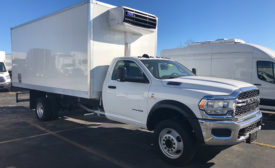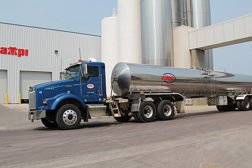IDFA applauds passage of Infrastructure Investment and Jobs Act
The act addresses provisions related to federal-aid highway, transit, highway safety, motor carrier, research, hazardous materials and rail programs of the Department of Transportation.
Read More


